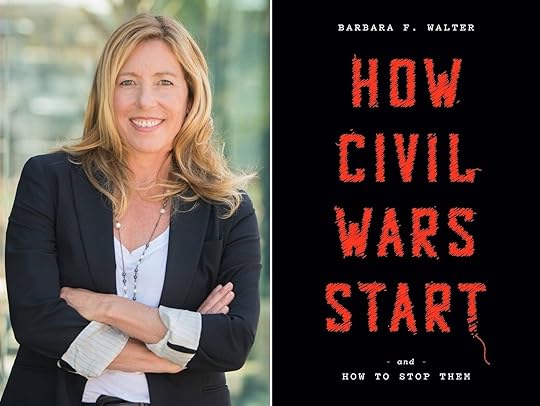What do you think?
Rate this book


294 pages, Paperback
First published January 6, 2022

"As a scholar and an expert on civil wars, I have interviewed members of Hamas in the West Bank, ex–Sinn Féin members in Northern Ireland, and former members of FARC in Colombia. I have stood on top of the Golan Heights and stared into Syria during the height of the Syria civil war. I have driven across Zimbabwe as the military was planning its coup against Robert Mugabe. I have been followed and interrogated by members of Myanmar’s junta. I’ve been at the wrong end of an Israeli soldier’s machine gun.
I first started studying civil wars in 1990, and at the time, there was very little data to work with. You could read a lot of books by scholars on civil wars in Spain, Greece, Nigeria, and even America in the nineteenth century, but there were almost no studies that looked at common elements that repeated themselves across countries and over time. Everyone thought their civil war was unique, and so no one saw the risk factors that emerged again and again no matter where war broke out."
"WAR IS EVEN more likely, the experts found, if at least one faction in a country becomes a superfaction: a group whose members share not only the same ethnic or racial identity but also the same religion, class, and geographic location. In fact, war was almost twelve times more likely than if a group was more heterogeneous. Superfactions tend to form because ethnic groups often move together and settle in concentrated geographic regions where people interact exclusively with their own kind."